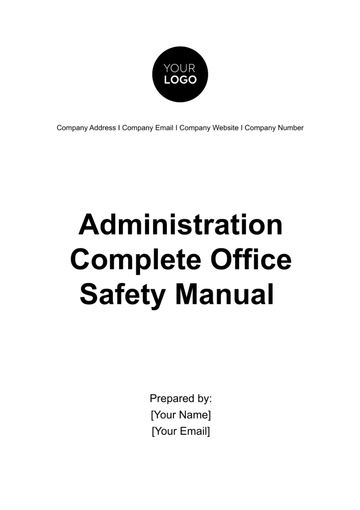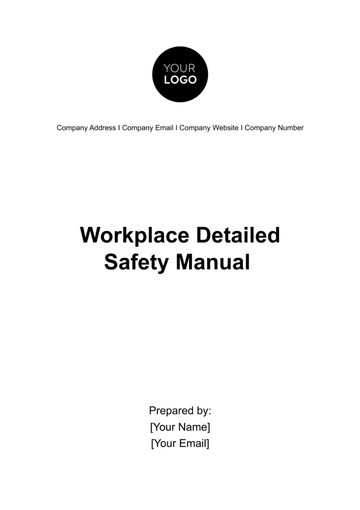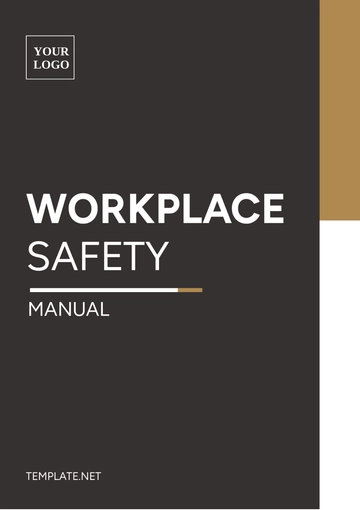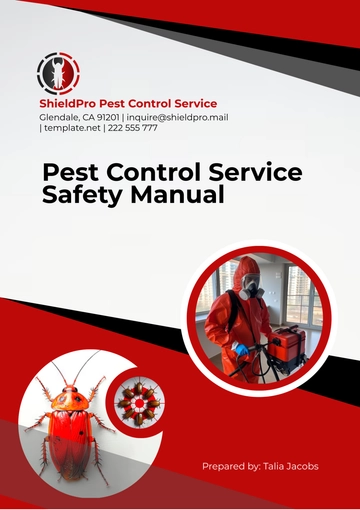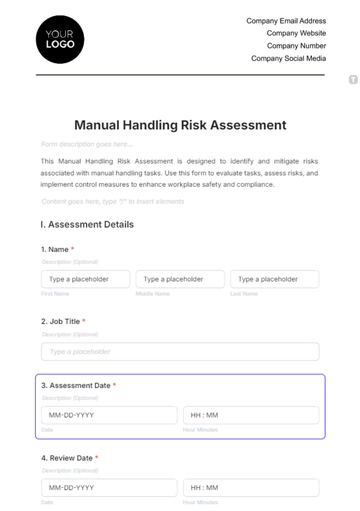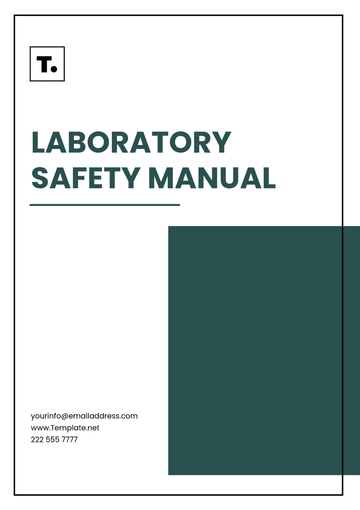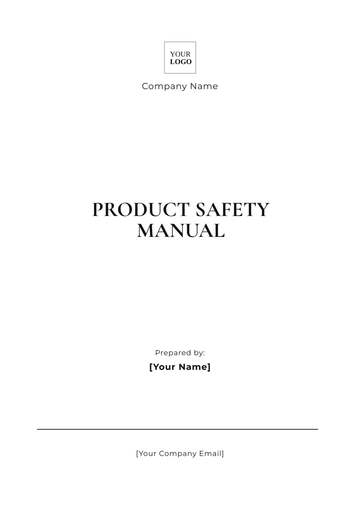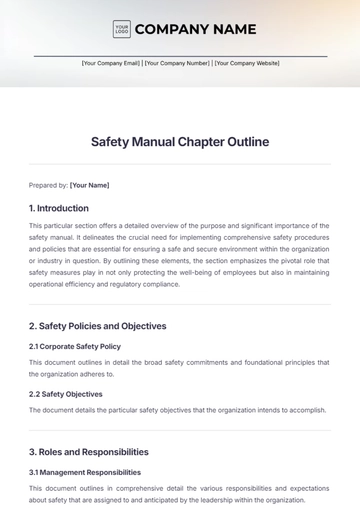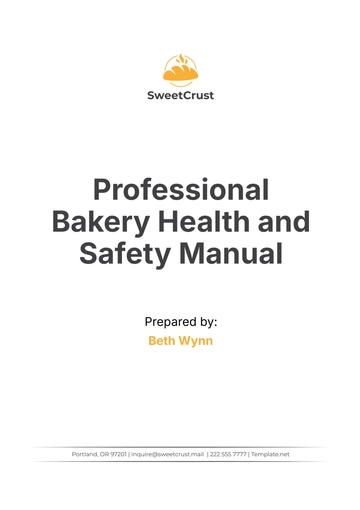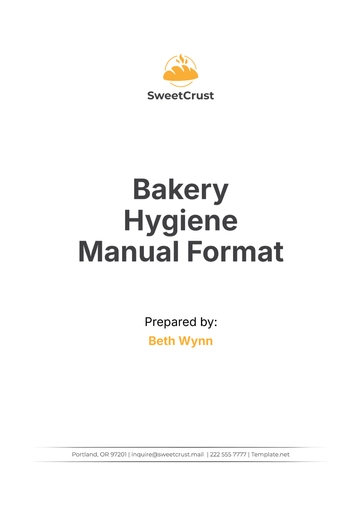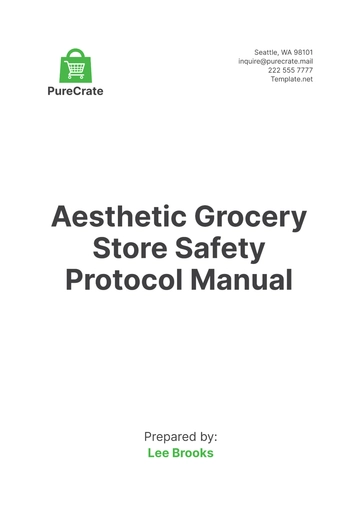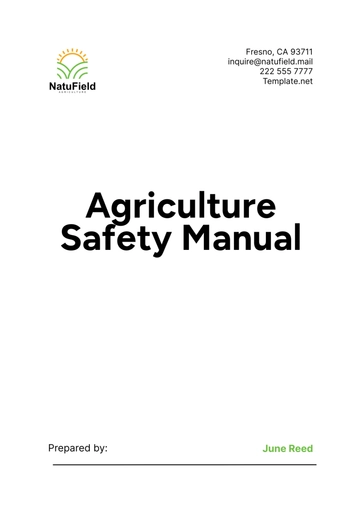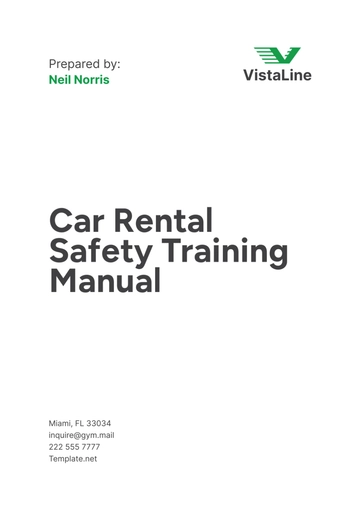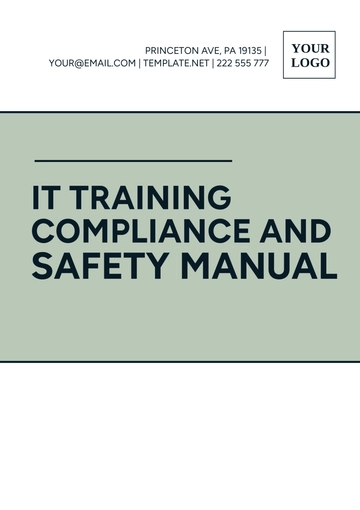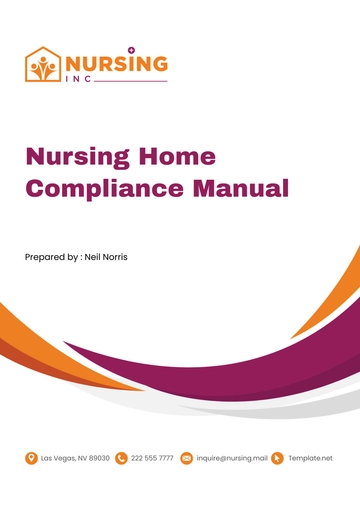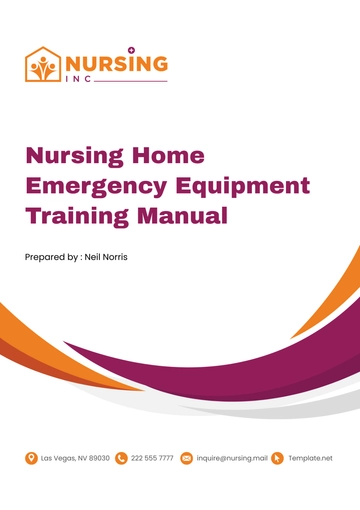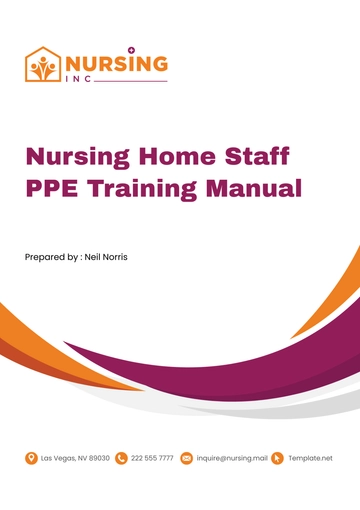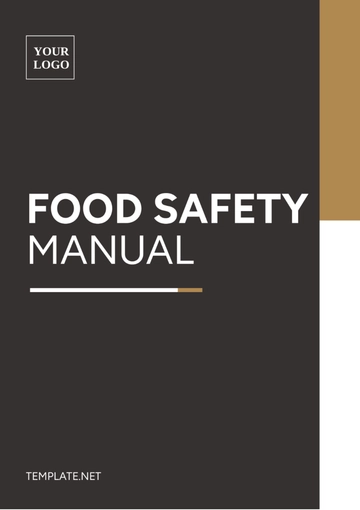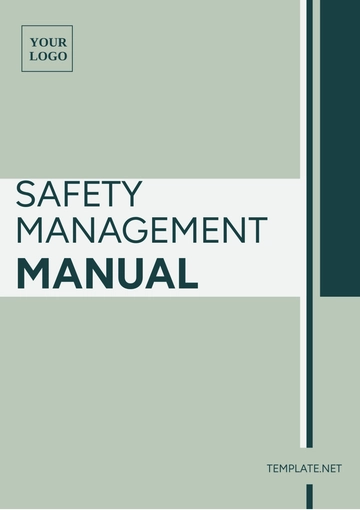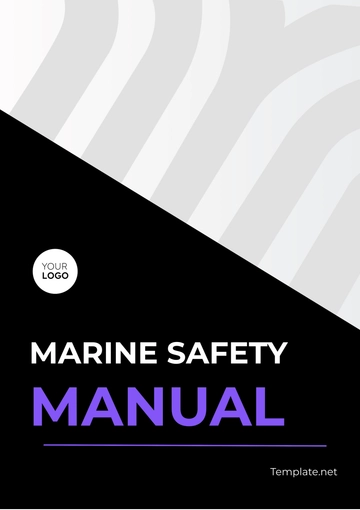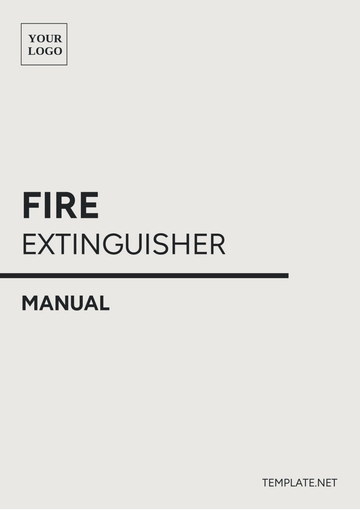Free Heat Stress Prevention and Control Manual HR
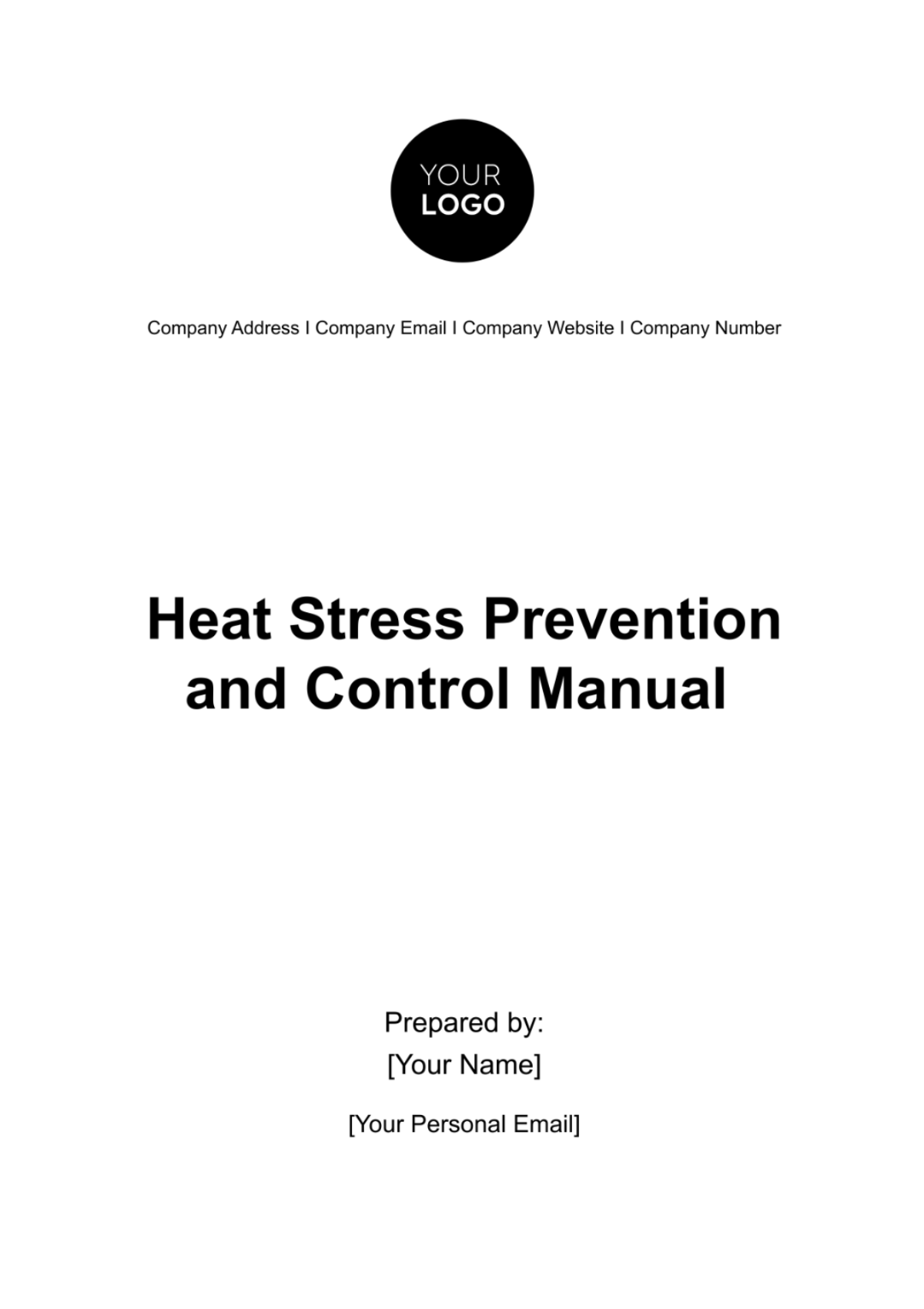
Purpose and Scope
This Heat Stress Prevention and Control Manual is intended to serve as a definitive resource for individuals, organizations, and workplaces where heat stress is a concern. It provides comprehensive guidance on understanding, assessing, and mitigating the risks associated with heat stress in various settings, with a primary focus on occupational safety and well-being.
Importance of Heat Stress Prevention
Heat stress is a pervasive threat to human health, and its consequences can be severe. It can result in decreased productivity, workplace accidents, and, in extreme cases, life-threatening conditions. Recognizing the importance of preventing heat stress is not only an ethical responsibility but also a legal requirement in many jurisdictions.
Understanding Heat Stress
Heat stress can lead to a range of heat-related illnesses, each with its own set of symptoms and potential consequences. Understanding these illnesses is crucial for early detection and effective prevention.
Environmental Factors Contributing to Heat Stress
Heat stress results from a combination of environmental conditions, including high temperatures, humidity, and solar radiation. The key factors include:
Temperature: Higher temperatures increase the risk of heat stress.
Humidity: High humidity makes it harder for the body to cool itself through sweating.
Radiant Heat: Direct exposure to the sun or hot surfaces can exacerbate heat stress.
Air Movement: A lack of air movement can trap heat and humidity, making it more challenging to cool down.
Physiological Responses to Heat Stress
To effectively prevent and control heat stress, it's essential to comprehend how the human body responds to elevated temperatures. When exposed to high temperatures, the human body responds in various ways, such as:
Dilation of Blood Vessels: This helps disperse excess heat.
Sweating: The body's primary cooling mechanism.
Increased Heart Rate: Helps pump more blood to the skin's surface for cooling.
Loss of Fluids and Electrolytes: Sweat contains essential minerals that need to be replenished.
Signs and Symptoms of Heat-Related Illnesses
Recognizing the early signs of heat-related illnesses is critical for timely intervention. Common symptoms include:
Heat Rash: Red, itchy skin with small blisters.
Heat Cramps: Muscle pain or spasms.
Heat Exhaustion: Heavy sweating, rapid heartbeat, dizziness, nausea, cool and clammy skin.
Heat Stroke: Confusion, loss of consciousness, seizures, hot and dry skin, a very high body temperature (often above 103°F or 39.4°C).
Heat Stress Risk Assessment
Identifying High-Risk Situations
Recognizing scenarios and environments where heat stress is more likely to occur is the foundation of risk assessment. Certain situations are more prone to heat stress, including:
Outdoor work in hot weather.
Indoor work in confined spaces with poor ventilation.
Physical labor in environments with high humidity.
Individuals with pre-existing medical conditions that affect heat tolerance.
Heat Stress Risk Factors
Understanding the risk factors for heat stress enables better assessment. These factors include:
The Heat Index: A combination of temperature and humidity, indicating the level of heat stress risk.
Workload: Heavier physical exertion increases heat stress risk.
Clothing: Heavy, non-breathable fabrics can trap heat.
Dehydration: Inadequate fluid intake can exacerbate heat stress.
The Heat Index and Its Interpretation
The Heat Index is a vital tool for assessing heat stress risk. It's calculated using temperature and humidity levels. The higher the Heat Index, the greater the risk. Key interpretations include:
Caution | (80-90°F or 27-32°C) | Use sun protection and stay hydrated |
Extreme Caution | (90-105°F or 32-41°C) | Minimize outdoor exertion during midday |
Danger | (105-130°F or 41-54°C) | Stay hydrated, limit outdoor activities, and take frequent breaks |
Personal Protective Measures
Proper Clothing and PPE Recommendations
Selecting appropriate clothing and personal protective equipment (PPE) is fundamental to heat stress prevention. Here are some specific recommendations:
Wear lightweight, loose-fitting clothing to allow air circulation.
Opt for light-colored clothing to reflect sunlight.
Use a wide-brimmed hat to shield your head and face.
Consider PPE with built-in ventilation or cooling features.
Ensure clothing and PPE are well-maintained to allow effective heat dissipation.
Hydration Guidelines
Proper hydration is a cornerstone of heat stress prevention. Specific guidelines include:
Drink water regularly, even if you don't feel thirsty.
Avoid excessive caffeine or alcohol consumption, as they can lead to dehydration.
Consume electrolyte-rich beverages to replenish essential minerals.
In extreme heat, aim to drink at least one liter of water per hour.
Monitor urine color; pale yellow indicates proper hydration.
Acclimatization Strategies
Acclimatization, or the process of gradually adapting to heat, is a key protective measure. Strategies include:
New employees should start with reduced workloads in the heat.
Gradually increase work duration and intensity over several days.
Monitor acclimatizing workers for signs of heat stress.
Schedule frequent breaks and allow individuals to rest in the shade.
Work/Rest Schedules
Balancing work and rest is essential in high-temperature settings. Specific recommendations for work/rest schedules include:
Avoid strenuous activities during the hottest parts of the day.
Implement a "buddy system" for monitoring each other's well-being.
Shorten work shifts and increase break times during heatwaves.
Encourage indoor or shaded rest areas for cooling down.
Maximizing Shade and Cooling Areas
Creating and utilizing shaded and cooling areas is vital in outdoor and workplace settings. Recommendations include:
Provide ample shade in outdoor work areas using canopies or tents.
Encourage workers to take breaks in shaded or air-conditioned areas.
Implement cooling stations with fans or misting systems.
Make ice or cool water readily available for cooling down.
Environmental Monitoring
Procedures for Measuring Environmental Conditions
To manage heat stress effectively, monitoring environmental conditions is crucial. Procedures include:
Use a reliable thermometer to measure air temperature.
Calculate the Heat Index using temperature and humidity readings.
Monitor radiant heat by measuring surface temperatures.
Use an anemometer to assess air movement.
Recommended Tools and Equipment
Selecting the right tools and equipment for environmental monitoring is essential. Specific recommendations include:
Choose digital thermometers for accuracy and ease of use.
Anemometers with velocity and temperature sensors are valuable for air movement measurements.
Invest in a reliable hygrometer for humidity readings.
Consider infrared thermometers for non-contact surface temperature measurements.
Data Recording and Interpretation
Recording and interpreting environmental data are essential for assessing heat stress risk. Guidelines include:
Maintain a daily record of environmental conditions, workloads, and breaks.
Use Heat Index charts to interpret the risk level.
Look for trends in temperature, humidity, and Heat Index data.
Adjust work/rest schedules based on environmental conditions.
Emergency Response
Recognizing Heat-Related Emergencies
Recognizing heat-related emergencies is critical for timely intervention. Look for the following signs and act promptly:
Heat exhaustion: If an individual displays symptoms like heavy sweating, dizziness, nausea, or cool and clammy skin, move them to a cooler place.
Heatstroke: If someone exhibits confusion, loss of consciousness, seizures, or hot and dry skin, call 911 and start cooling measures immediately.
First Aid Procedures for Heat-Related Illnesses
Knowing how to administer first aid for heat-related illnesses is critical. Specific first aid measures include:
For heat exhaustion, move the affected person to a cooler area, have them lie down, and provide fluids.
For suspected heatstroke, call 911, move the person to a cooler place, and cool the body with ice packs or cold water until professional help arrives.
Emergency Contacts and Protocols
In the event of a heat-related emergency, having emergency contacts and following established protocols is vital. Ensure that employees are aware of:
Emergency contact numbers for medical assistance.
The location of first aid supplies and cooling equipment.
The company's specific procedures for responding to heat stress emergencies.
Training and Education
Training Programs and Resources
Organizations should provide training programs covering heat stress prevention. These programs may include:
Identifying heat stress risk factors.
Recognizing the signs and symptoms of heat-related illnesses.
Appropriate responses to heat stress situations.
Resources may include training materials, presentations, and access to experts who can answer questions and provide guidance
Effective Communication of Heat Stress Risks
Effectively communicating the risks of heat stress is vital. Consider these communication strategies:
Use clear, simple language and visuals to convey information.
Offer training sessions, safety meetings, or workshops.
Use signage and posters in high-risk areas to remind individuals of safety precautions.
Worker or Participant Education
Empowering workers and participants with knowledge is essential. Education should focus on:
Personal responsibility for heat stress prevention.
The importance of staying hydrated and recognizing personal limits.
The role of rest breaks and shade in reducing heat stress risks.
Regulatory Compliance
Overview of Relevant Laws, Regulations, and Standards
Compliance with laws and standards is mandatory. Specific regulations and standards may include:
Occupational Safety and Health Administration (OSHA) guidelines.
National Institute for Occupational Safety and Health (NIOSH) recommendations.
Local and regional labor regulations regarding heat stress prevention.
Steps to Ensure Compliance
Organizations should take proactive steps to ensure compliance with relevant laws and regulations, including:
Regularly review and update heat stress prevention policies.
Conduct internal audits and assessments to identify areas of non-compliance.
Collaborate with relevant regulatory bodies and authorities for guidance and inspections.
- 100% Customizable, free editor
- Access 1 Million+ Templates, photo’s & graphics
- Download or share as a template
- Click and replace photos, graphics, text, backgrounds
- Resize, crop, AI write & more
- Access advanced editor
Discover the Heat Stress Prevention and Control Manual HR Template at Template.net, a vital tool for mitigating heat-related risks in the workplace. This template is fully editable and customizable, allowing for easy adaptation to your specific work environment. Modify it in our AI Editor tool to ensure your organization's heat stress prevention and control strategies are thorough and effective.

